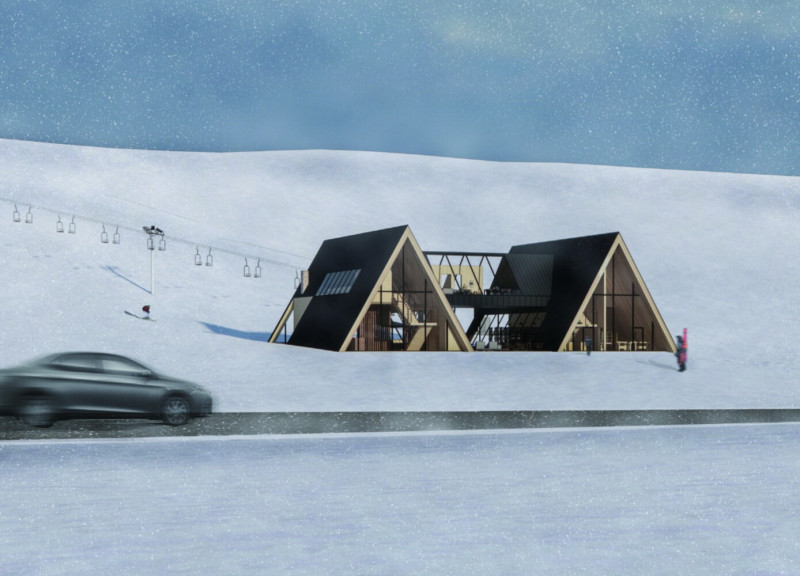5 key facts about this project
At its core, this project represents a commitment to sustainable practices and modern living. The architecture incorporates elements that foster community interaction while providing a welcoming space for users. It is designed to meet the diverse needs of its occupants, thus enhancing the overall experience within the building. With spaces that encourage social engagement and individual contemplation, the project is deeply rooted in its surroundings, making it a vital part of the local landscape.
The functional aspects of the project are meticulously planned. Every area within the space is intentionally designed to fulfill specific roles, from public gathering spots to private retreats. The flow between different zones is seamless, allowing for a natural transition from one function to another. In terms of usability, the architecture ensures that accessibility is prioritized, making it inclusive for all users. The design caters to both active and passive engagement, offering areas that stimulate interaction as well as quiet spaces for reflection.
Materiality plays a crucial role in the aesthetic and functional outcomes of the project. The choice of materials is both practical and symbolic, resonating with the environmental ethos that underpins the design philosophy. Durable materials such as concrete, steel, and wood have been used thoughtfully to create a structure that is not only visually appealing but also resilient. These materials contribute to the building’s longevity while providing thermal and acoustic comfort. Additionally, large expanses of glass invite natural light into the interior, fostering a connection between the inside and outside environments.
Unique design approaches are evident throughout the project, reflecting a modern architectural idiom that respects the local tradition yet is not bound by it. The integration of green technologies such as natural ventilation systems, rainwater harvesting, and energy-efficient lighting underlines the project's commitment to sustainability. These features not only enhance the building's performance but also engage users with the environmental impact of their surroundings. The roof gardens and landscaped areas further embody this philosophy, creating green spaces that offer respite and contribute to biodiversity.
The architectural idea behind the layout is particularly noteworthy. Open-plan designs enhance the spaciousness of common areas, promoting a community-oriented atmosphere while still allowing for the creation of distinct functional zones. The careful orientation of the building in relation to the sun and wind patterns maximizes energy efficiency and comfort for the occupants. This thoughtful design process reflects a deep understanding of environmental sustainability, making it a role model for future projects.
The project ultimately invites further exploration. For those interested in understanding its nuances, examining the architectural plans, sections, and various design elements can provide deeper insights into the architect's vision and operational strategies. The interplay of form, function, and materials illustrates how innovation does not always come from radical departures but often arises from thoughtful integration and respect for context. Exploring these architectural designs reveals not just a building, but a concept that harmonizes with both its environment and its users, making it a significant contribution to the field of architecture.


























